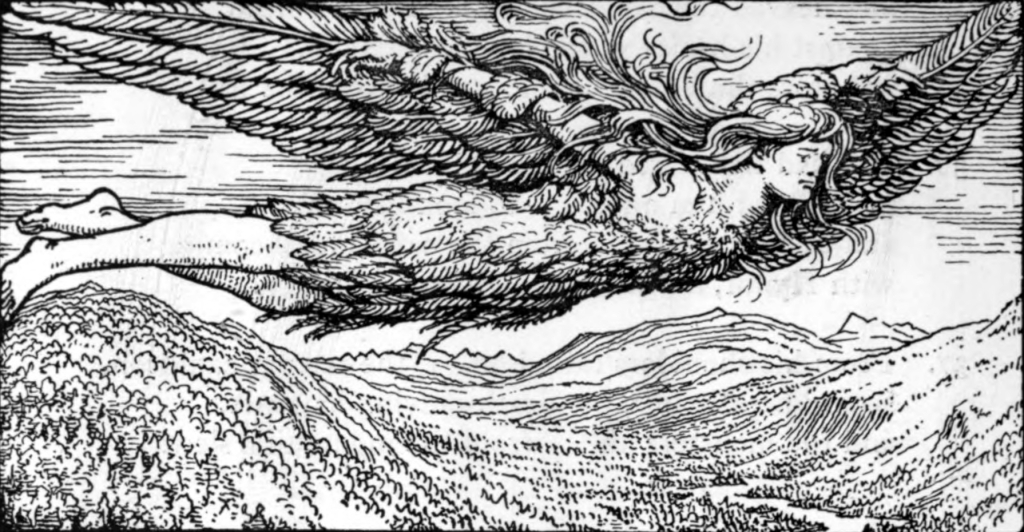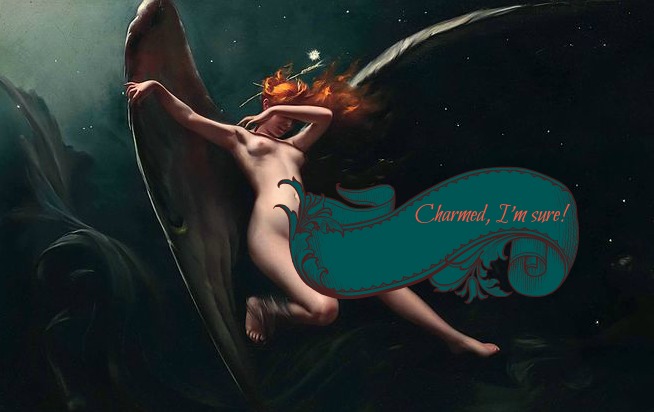Sexology is my profession. Magic is a consuming “special interest.” Tantra has been (and is) a link between the two. So my bookshelves contain more (far more!) than first editions of the male and female Kinsey studies and The Guide to Getting It On. I’ve also got The Art of Sexual Magic (1995) by Margot Anand (tantric-inspired), Secrets of Western Sex Magic (2001) by Frater U.D., and the more recent Sex, Sorcery, and Spirit (2015) by Jason Miller. Here’s a review of Miller’s book by Donyae Coles and here’s an interview with Miller from Down at the Crossroads podcast (one of my favorite podcasts, by the way). I’ve also got tons of other books dealing with tantra, Taoist practices (though I gave a bunch of Healing Tao books away recently), sexual ecstasy and transcendence, magic, and so on.

The “sex magic” umbrella is pretty big: there are energetic practices (e.g., tantric, Taoist) designed to refine and boost sexual energy, to be directed in whatever manner you please; practices which imbue sigils with orgasmic energy (again, use as you wish); sex with deities and spirits; and the creation of various sexual/spiritual “elixirs.” Really, with a little practice, a good time can be had by all!
The first time I came across mentions of “sex with spirits or gods” was prior to my sexology or tantra studies, actually. I was reading Polynesian Family Systems of Ka’u, Hawai’i by Mary Kawena Pukui and E.S. Craighill handy (back when Hawaiian culture was also a consuming special interest of mine), and was fascinated by various accounts of “spirits as mates” in the chapter called “The Psychic Phase of Relationship” (pp. 116-159). These spirits were called kane or wahine o ka po–men or women of the night–and did not seem to act in a manner that Western researchers would be likely to deem incubus, succubus, or “sleep paralysis” experiences. Nor will metal bands be named after them.
Nowadays it is common to come across “god spouses” on the internet, and I give ’em all due respect.
I find this topic massively interesting, having had a few inexplicable experiences myself. And as a sexologist, I’d really like to find a sexological or socio-cultural anthropological study of this phenomena. (I’d do it myself, but I don’t have access to research funds or an internal review board.)
If I plug “sex with spirits” into Google Scholar, the first relevant thing that pops up is Achieving Invisibility and Having Sex with Spirits: Six Operations from an English Magic Collection ca. 1600 (Klassen and Bens). It looks like a good read–I bookmarked it for later. And if I achieve invisibility beyond the usual “I’m old so no one notices me anymore” thing, I’ll be sure to blog about it.
There are also practices mentioned where one meditatively imagines oneself as the form of a deity or a deity’s partner, in order to evoke the desired energies.
As for links with magic and tantra, before I left Hawai’i a very accomplished tantra dude showed me how to use the “Tai Chi Sword” (first two fingers pointed, thumb closed over the last two fingers) to hook, twist, and pull a few lurking entities down and away from the ceiling of my home. There actually was a kind of freaky “haunting” there on Mano Street, and I felt it most the first night I slept in one of the guest bedrooms (I had already loaded most my furniture in the container for shipment back to California). It was a very unpleasant encounter and one of the first I’d ever had with a noxious entity! I really had to banish the “f” out of the thing. Now I know why a couple of houseguests refused to sleep in that room.
I hadn’t known at first that tantra was associated with magic. Like most Westerners who end up involved with Neo-Tantra, I assumed the main focus was sex and transcendence. I’ve been told–anecdotally–that the taboo associations with tantra in India have more to do with magic than they do with sex. But don’t quote me. This may not be accurate.
As I look through the stack of books on my table, I can see that symbols and sigils are a major topic. The idea is to use orgasmic energy to invest a sigil with magical power to affect change. The sigils are created with specific meaning and intention. In Anand’s book, this is covered in the chapters called “Creating Your Magic Vision” and “Sexual Alchemy: Charging Your Magic Symbol.” Miller’s book deals with sigils in the chapter called “Flying Solo.” (I honestly haven’t done more than skim through the Frater U.D. book, so I can’t comment on the content with accuracy.) Since I’m in need of a literary agent and publisher for my fantasy novel, I’m strongly considering the above method to draw the right agent to me (even as I do the copious research necessary to find and approach such people).
As a younger woman, I’d imagined I’d fill my declining years with cats, orchids, and a study of slime molds. Now that I’m well on my way to being what my oldest son fondly calls “a fruit bat,” I do have the cats and two orchids which manage to survive my lack of talent for plants, but sex and magic do seem to have replaced slime molds as my obsession of choice. So why not delve as deeply and powerfully as possible in these matters, while I still have life and breath and will?
This blog is part of that fun.
Are you a fellow traveler? Please comment and “like” below.
####







 This is
This is 
